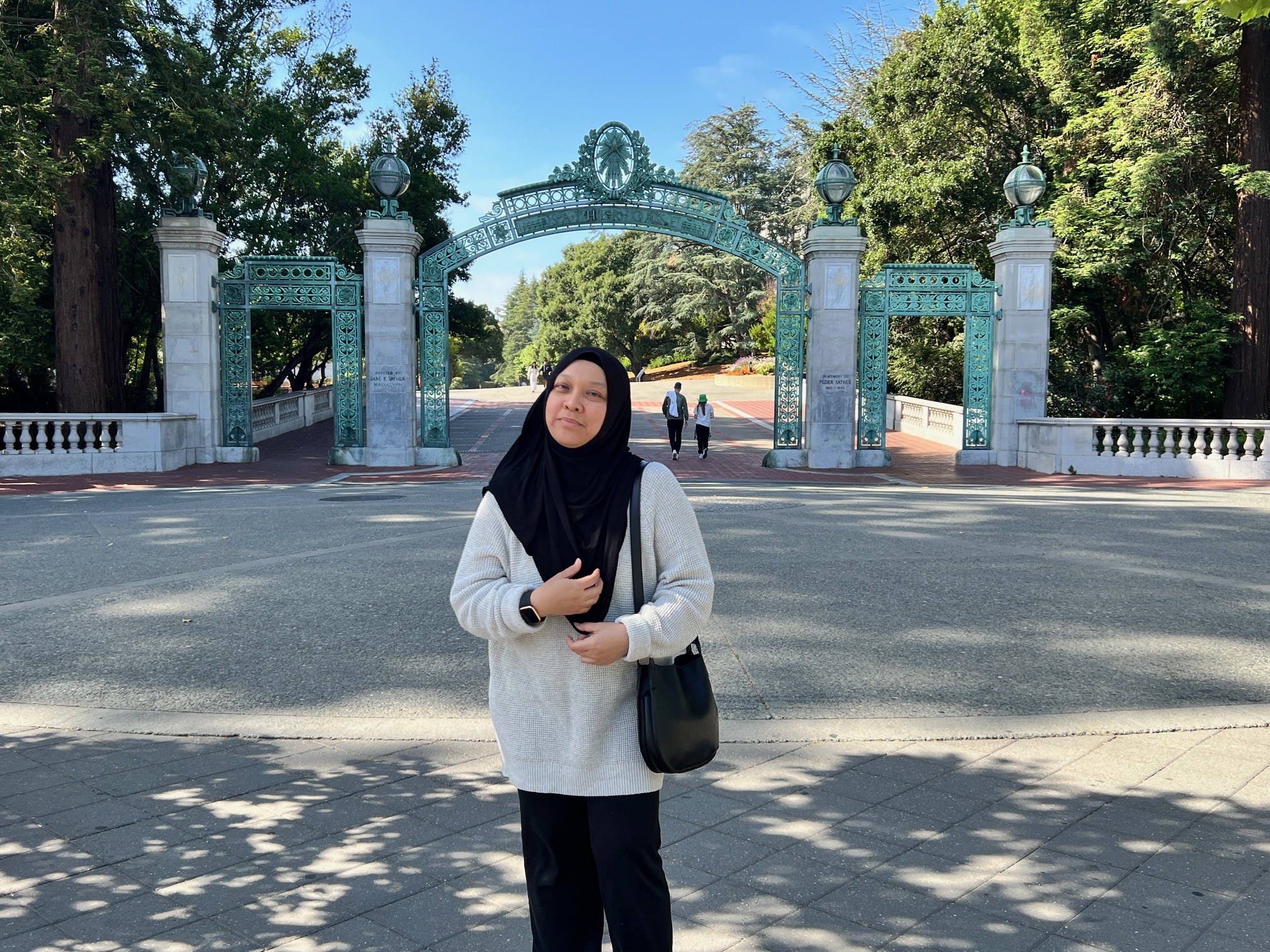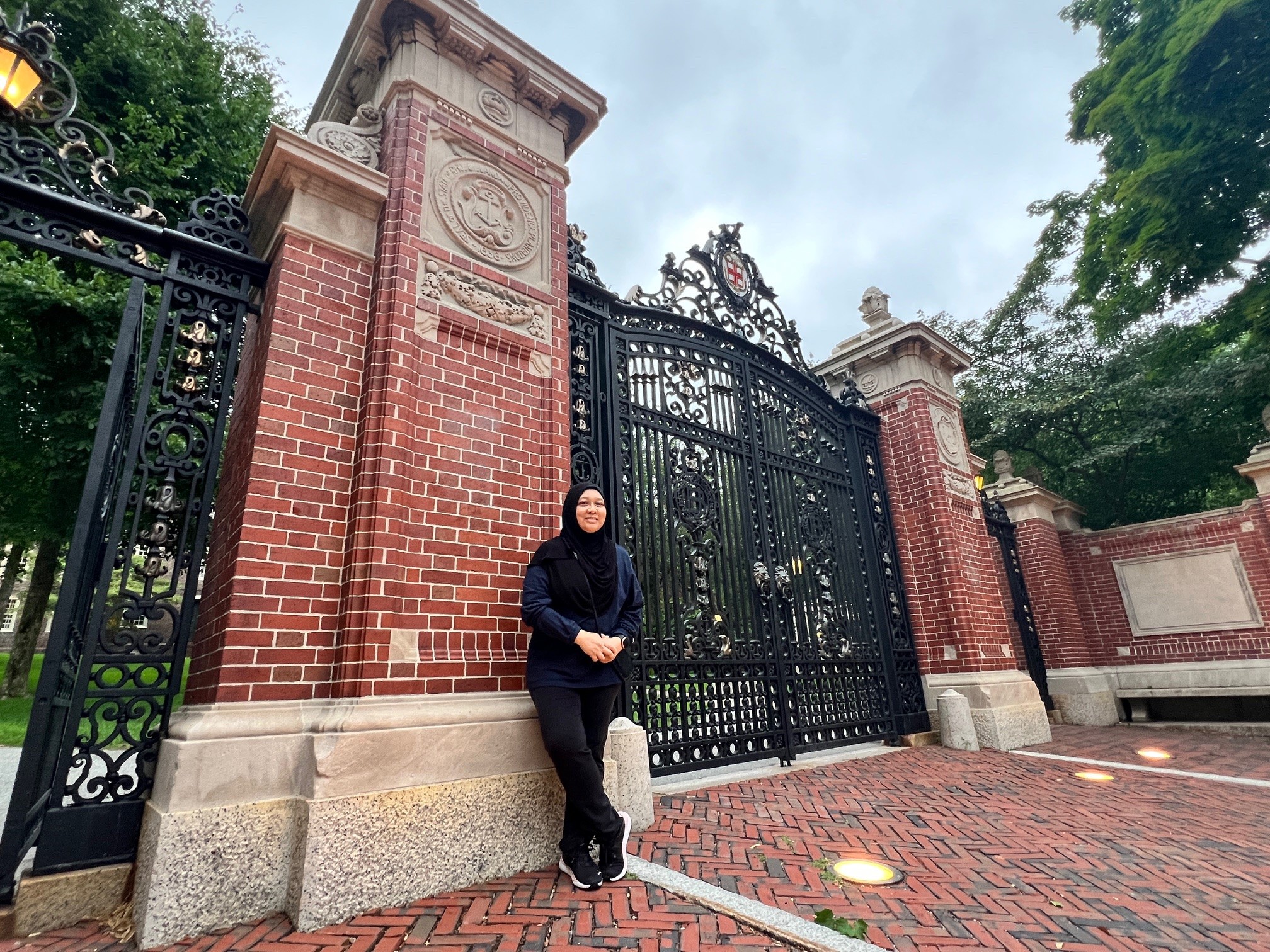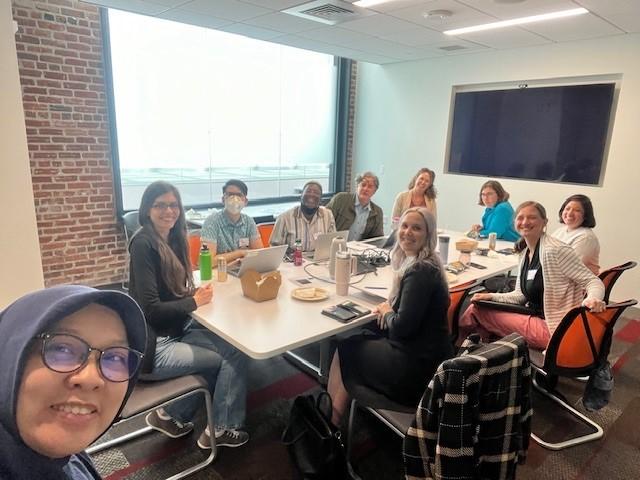Time, financial resources, and partnerships are key to bolstering social innovation initiatives in higher education in Singapore.
For most of her career, Associate Professor Intan Azura Mokhtar has been an educator and academic in Singapore. But this year, she took time off from work for some professional development in the United States (US), as part of the Fulbright US-ASEAN Visiting Scholar Award.
The educator at the Singapore Institute of Technology (SIT) had one objective: to learn the best social innovation practices in the US and see if they can be applied in Singapore.
“While we may not be able to fully adopt all US practices, we can adapt them to suit our local context,” said the 48-year-old.
By the end of her four months in the US, two of which were spent at University of California, Berkeley (UC Berkeley) and the other two months at Brown University, she gained new perspectives.
The Fulbright U.S. ASEAN Visiting Scholar Award offers Southeast Asian scholars like A/Prof Intan a chance to conduct research at American universities, fostering academic collaboration and strengthening ties between the region and the US.

A/Prof Intan at UC Berkeley. (Photo: Intan Azura Mokhtar)

A/Prof Intan at Brown University. (Photo: Intan Azura Mokhtar)
What she observed was that it was simple, and yet not easy to achieve: initiatives are more likely to find success with broad and consistent support of any form, from policymakers to school leaders, and community backing to financial aid. The ecosystem is critical.
“The level of relationship is much deeper, developed over time, and they know one another very well,” she observed after sitting in on a community-engaged scholarship workshop-retreat at Brown.
Determined to apply these learnings, she is currently working on a publication that captures the best practices to share with academics in Singapore and Southeast Asia.
Social Innovation on Campus
While social innovation is a relatively new buzzword in Singapore, SIT’s applied learning curriculum ensures students are kept up to speed.
All students have to complete a three-credit module: Social Innovation Project, as part of their graduation requirements.
The pass-fail module gathers undergraduates from different disciplines to create their own social innovation project over three trimesters, said A/Prof Intan, who designed the course.
Every trimester marks a milestone, and teams must submit a reflection entry in the first, a team poster in the second, and a team video for the last.
“The module helps students be more attuned to social issues and community challenges and then work together with end users to co-create an initial solution to address the problem statement,” she explained.
Inspired by her past experience in communicating with her secondary students through reflection journals, she also designed an individual component – the Student Individual Reflection. Aimed at getting students to think about their own learning, it caught the eye of her peers in the US.
“It’s very experiential for them. They were quite intrigued and interested when I shared it with them,” said A/Prof Intan, who is also the Director of SIT’s social innovation centre – Community Leadership and Social Innovation Centre (CLASIC).
While having a structured social innovation module helps, it can have restrictions across project execution and reach. As a result, most projects in Singapore conclude with a proof of concept, a stark contrast to the US.“Over there, sometimes students just go in with a rough concept, and spend the first several months just exploring and immersing themselves to truly understand the context and culture,” she observed.
“Our students may not have that amount of time or resources to do so or to develop their ideas beyond a proof of concept for the module. In addition, students in the US carry out their social innovation initiatives beyond modular credits. For instance, in UC Berkeley, the transition between what they volunteer their time on (e.g. at a free clinic) and what they do as part of curriculum requirements are very seamless and fluid. My team and I are exploring how we can make this possible at SIT.”

A/Prof Intan conducting interviews with faculty, staff, and students for her data collection while exploring social innovation initiatives at Brown University. (Photo: Intan Azura Mokhtar)
Industry and Community Support
Social innovation projects are also not a one-man job. Most of the time, they need support from the community and industries to go from concept to product.
At Brown University, A/Prof Intan noticed that initiatives received significant community engagement and monetary support from partners. She admitted that this may still be lacking in Singapore, which has hindered project development.
For example, a community partner had expressed interest in doing a pilot run in mainstream primary schools of a card game inspired by “Singaporean Dream” and “Cluedo”, created by students in the Social Innovation Project module.
Aimed at raising Generation Z’s empathy towards the elderly, the deck included penalty cards that would affect the players’ sense of touch or sound. If they drew those cards, they would have to wear headphones or put on gloves while playing to simulate that handicap.
This helped create a level of empathy and awareness, said A/Prof Intan.
Sadly, the pilot never happened. “It was a wonderful gameplay concept, but it’s just that it couldn’t be developed further at the time. We didn’t have the financial resources to do so,” she added.
But fostering a strong support ecosystem in Singapore is easier said than done. Even with many years of experience on the ground, the community volunteer and former Member of Parliament is still looking for solutions.
And while time and financial assistance remain important resources, tapping on human talent is crucial to scaling up projects, a goal CLASIC is working towards.
“We hope to bring in more mentors from the community and the industry, who can relate to students and help them develop their ideas,” she said.
The key, she learned from the US, is to maintain a positive learning attitude and to continue developing one’s network of partners. “What is important is to not fear failure and to learn from it. So that is encouraging for me, leading a similar initiative for SIT, a university that is only 10 years old. It is okay to try and fail, as long as you fail forward, learn, and make consistent progress.”
![[FA] SIT One SITizen Alumni Initiative_Web banner_1244px x 688px.jpg](/sites/default/files/2024-12/%5BFA%5D%20%20SIT%20One%20SITizen%20Alumni%20Initiative_Web%20banner_1244px%20x%20688px.jpg)


